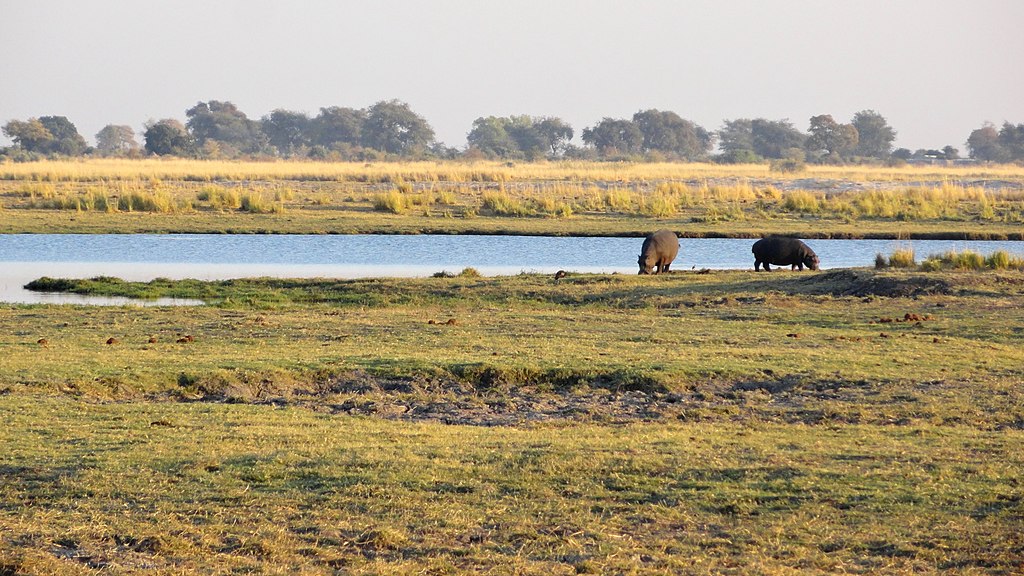Last Updated on September 21, 2024 by
Pristine wildlife and unique habitats, where days are timed with the rhythm of nature and the nights with the enchanting sounds of the African bush, make Botswana the ultimate big game and a colourful birding destination. This blog is all about the Best Wildlife and Birding parks in Botswana.
This safari is termed ‘ultimate’ not for the contrived creature comforts but for the once-in-a-lifetime opportunity it affords of seeing iconic large mammals and an array of radiant birds, at almost every location you visit.
Nearly half of the country’s land has been earmarked for wildlife protection, so animals abound in its fine national parks and diverse ecosystems, of which four national parks stand out as extraordinary safari destinations. In fact, combining all of them into one mega expedition is bound to be a surefire hit. Here’s a perfect 10-day Botswana Safari Itinerary.
You can customize your Botswana safari with Far and Wild Travel and be assured of the best experience across top parks.
Table of Contents
Chobe National Park
Termed the “Yellowstone” of Africa, Chobe National Park is the mainstay of many up-close epic animal encounters, especially large herds of elephants. Located in Botswana’s northeast corner, Chobe has been harbouring wildlife since the 1930s. It is one of the best Wildlife and Birding parks in Botswana, Africa.
In addition to finding hundreds of mighty pachyderms in a single herd, there are over 440 species of birds which have been recorded here, leaving alone the full complement of predators and rarities as the Orbi and Roan antelope.
The dry season in Chobe extends from June to October, and this is the period when animals which are water-dependent, particularly elephants, congregate in large numbers along the edges of the Chobe river, which has given the park its name.
A popular wildlife experience in Chobe is boat safaris, which provide riveting close sightings of elephants, crocodiles, hippos and a remarkable wealth of other beasts and birds. Lions preying upon old and vulnerable buffalo bulls along the shores is an unforgettable sight. Also Read about Asiatic Lions found only in India at Gir National Park.
Another highlight of the boat cruise is rewarding bird sights like the African fish eagle, African skimmer, long-toed lapwing, squacco heron, and African spoonbill. African hobby, African Marsh harrier, brown firefinch, thrush nightingale and rosy-throated longclaw.
Chobe National Park includes two other important wildlife areas, Savuti and the Chobe Riverfront. While the Sauviti marshes are a premier predator hotspot, there are chances to come across the rare African wild dog, mega lion pride and cheetahs. Some less obvious mammals that are found here are Selous mongoose, serval and wild cats.
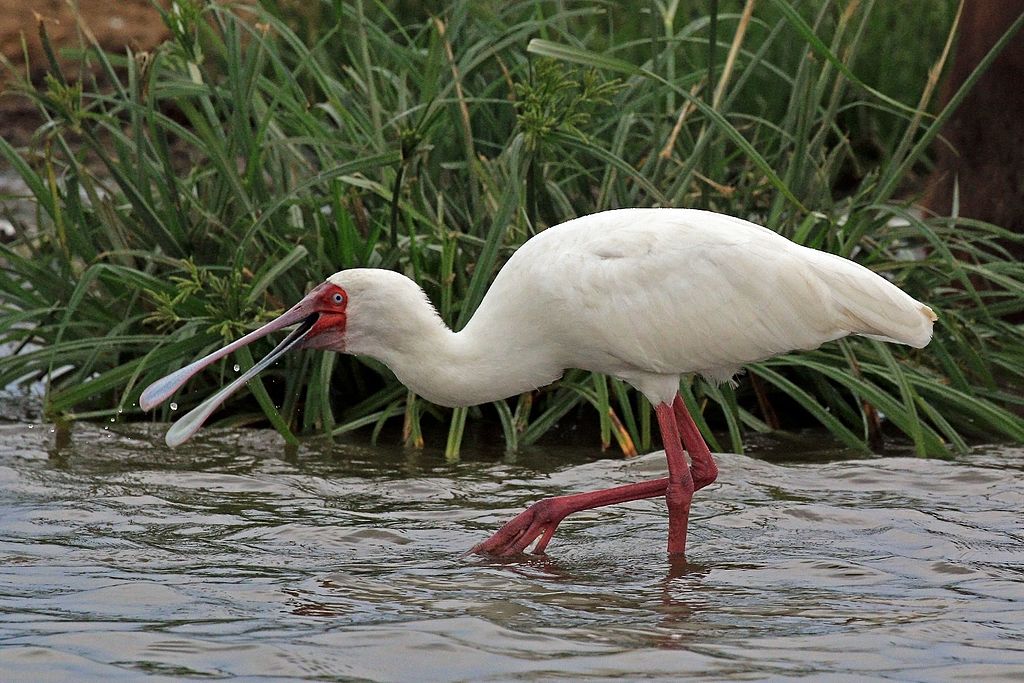
Makgadikgadi Pans National Park
This 3,900 square kilometre park lies in the southern part of the Nxai and Makgadikgadi plains, extending from the Boteti river, in the western section to the Ntwetwe Plain in the east.
The recently replenished Boteti river is a magnet for wildlife, especially in the dry months from May to October, when the river remains the only source of water, despite reaching extremely low levels.
A part of the park forms a part of the Kalahari Basin and is home to some of the largest salt pans on earth. While the shimmering crust may seem barren, after rains the desolate landscape attracts thousands of animals and flocks of flamingos and pelicans settle in as well. A similar salt pan offering birding haven is located in the western India called Indian Wild Ass Sanctuary in Little Rann of Kutch.
Makgadikgadi is off the beaten track and less visited but is perfect for those seeking a peaceful wildlife experience over the vast open plains. As far as animal encounters are concerned, come December and one can witness the biggest migration of Burchell’s zebras in the world.
Some other herbivores which follow the zebras are eland, oryx and red hartebeest along with the customary predators in their wake like spotted hyenas, leopards and lions which can often be seen preying upon the zebras. Some nocturnal predators that can be found on the fringes of the salt pans after dusk are striped polecats, bat-eared foxes and aardwolves.
Birding is phenomenal in the wet summer months, especially after the pans fill up. Some notable species are Burchell’s Coucal, ostrich, great white pelican, greater flamingo, abdim’s stork, black-cheeked waxbill, dusky lark and white-browed robin-chat.
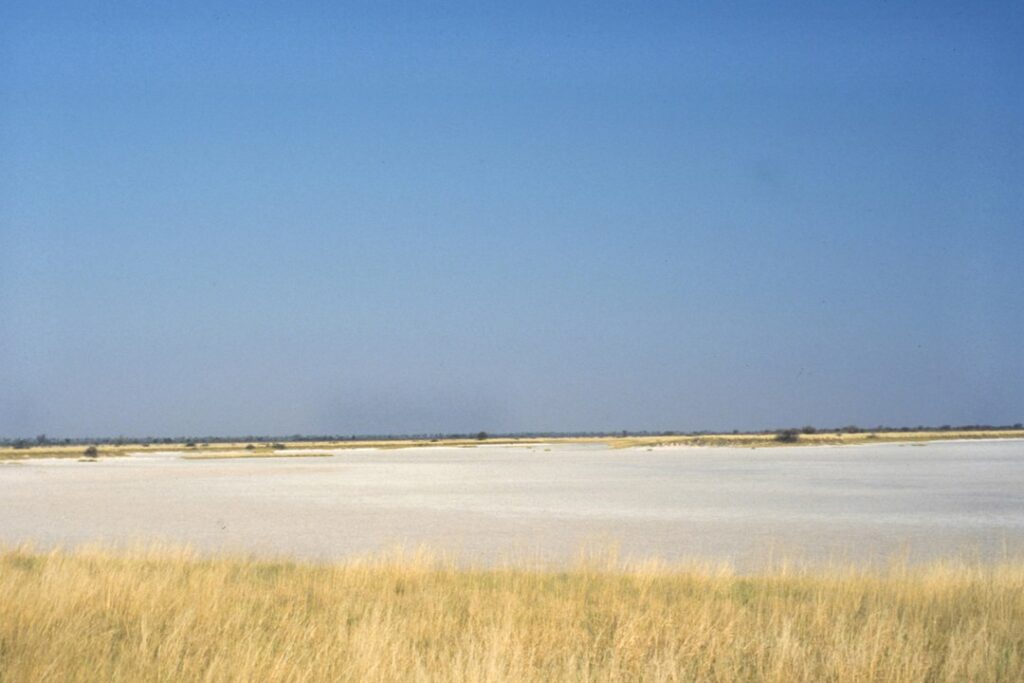
Central Kalahari Game Reserve
Situated in the middle of the Kalahari desert, the Central Kalahari Game Reserve is one of the biggest protected areas in Botswana. While the inhospitable habitat may not support the usual variety of safari animals, what it holds is something really special.
Though the park lies way off the beaten track and is less visited, a self-drive safari to the park’s interiors will give you a chance to see the striking black-maned Kalahari lions.
Animal enthusiasts can come across vast herds of springbok and oryx walking along the dunes. While the black-maned lions can be spotted on the plains, the cheetah thrives in the open country. Chance sightings of brown hyenas and honey badgers have also been reported.
The scenery may seem monotonous at times but as the sun goes down the colours of the sky soften up and provide a mesmerizing look. For prime wildlife and birding, avoid the dry period and visit the park between November and March.
Over 250 bird species have been recorded in the Central Kalahari region, particularly raptors which abound here because of the high volume of small prey available in the park. One can hope to see the black bustard, black-shouldered kite, ostrich, red-billed francolin, red-crested bustard, secretary bird, chat flycatcher, martial eagle, kori bustard and the pretty Kalahari scrub robin among others.
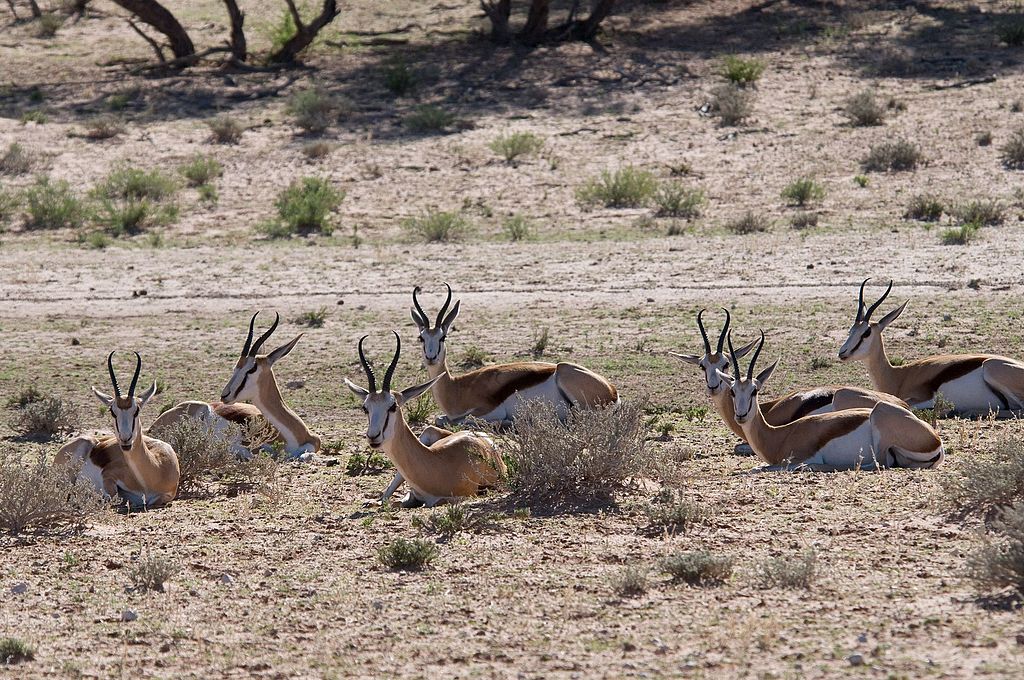
Okavango Delta
Talking about Wildlife and Birding parks in Botswana, how can one not mention the UNESCO site of Okavango Delta prides itself as one of Africa’s most famous birding and wildlife observation. It is known to provide an exceptional safari experience, complete with wildlife viewing and stunning scenery. Apart from the usual game drives, guests can opt for walking safaris and dugout canoe trips.
While Moremi Game Reserve, within the delta, is productive for four of the Big5, there are other places too to enjoy animal and bird encounters, depending on your location. While hippos and elephants are abundantly spotted throughout the delta, wild dogs too are quite commonly seen. A dugout ride will offer plenty of opportunities to see waterbuck and red lechwe from close quarters.
The Okavango is one of the world’s largest inland deltas, fed by the waters of the river of the same name. During the dry season from April to October, the water levels in the delta are most suitable for dugout trips, hence that is the best time to visit Okavango, as storms and low water levels have been known to limit activities in other months.
Apart from four of the Big5 which are commonly seen, the rhino, elephant and buffalo are often spotted from the water. Some unusual antelope species include tsessebe, sable and roan.
With constant water presence, Okavango is home to over 400 bird species, notable among them being the malachite kingfisher, African jacana, African green pigeon, bateleur, hammerkop, saddle-billed stork and African fish eagle.
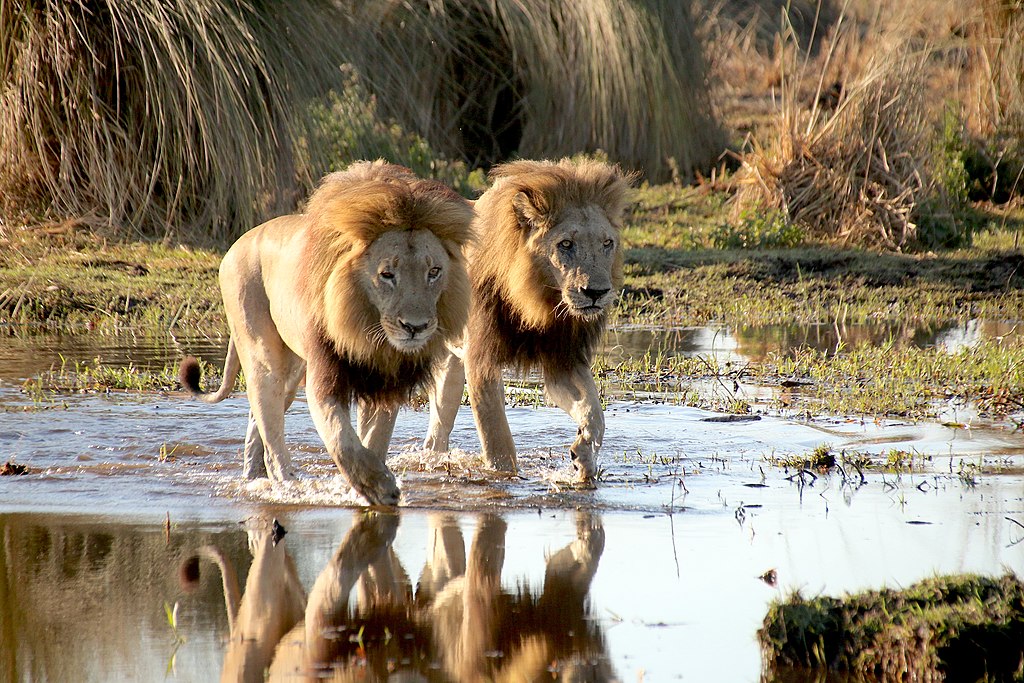
Sustainable tips for Wildlife and Birding parks in Botswana
- Plan your trip in advance so as to avoid the rush for tickets, permits and accommodations.
- Read a bit about the park/jungle you are about to visit and understand the kind of species seen. Be prepared.
- Wear camouflage colours which will easily blend with the African grassland – shades of green and brown.
- Do not talk loudly or make unnecessary noises.
- Do not wear perfumes or body spray on a safari.
- Do not dispose of plastic or leftover food in the park area. Keep it in your bag or vehicle and dispose of safely once you return to the hotel.
- Do not feed anything to wild animals.
Hope this post on Wildlife and Birding parks in Botswana is helpful for you to plan a wildlife trip to Botswana! Have you already been to any of these? Let me know in the comments below.

